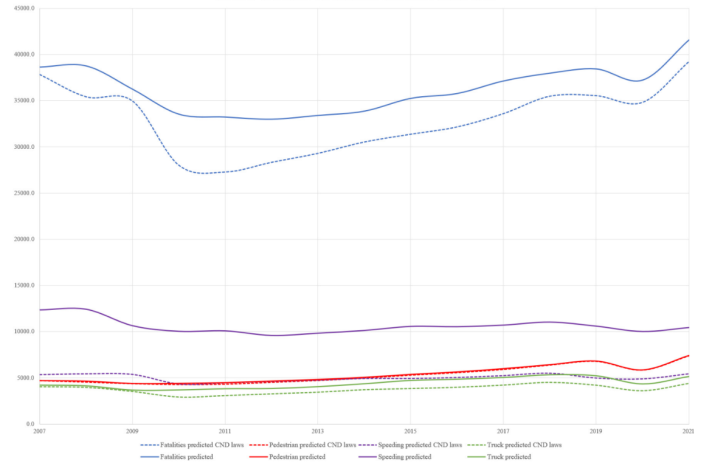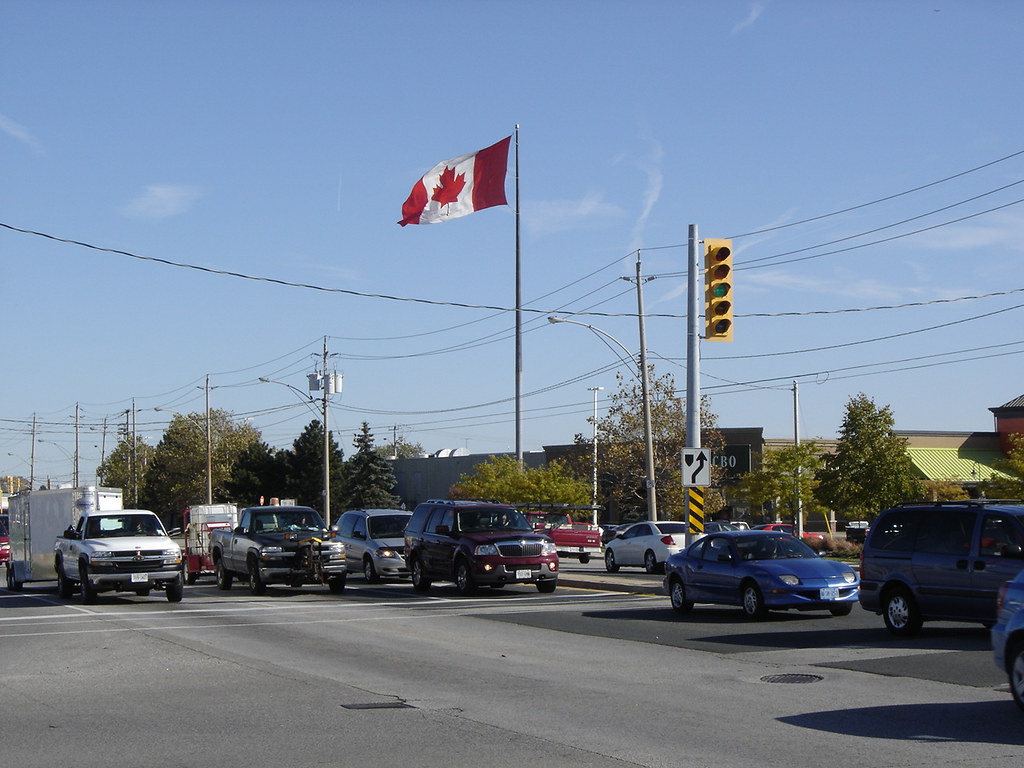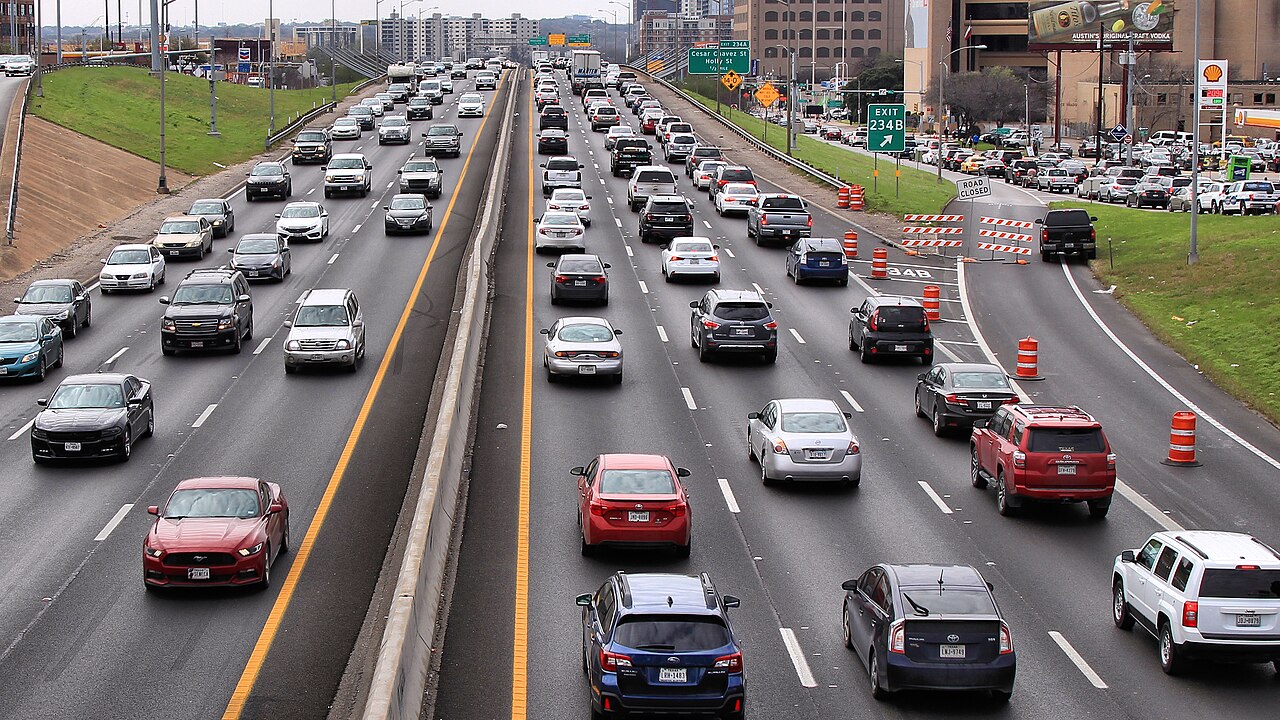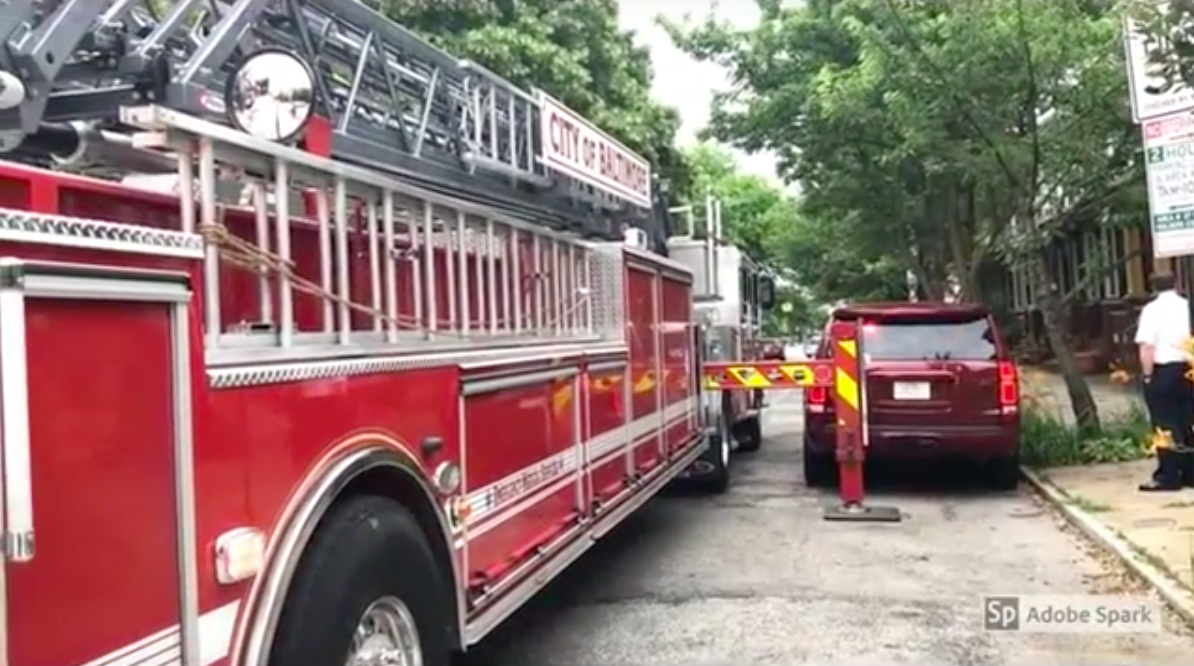As traffic violence deaths in the U.S. continue to climb, Canada has managed to decrease bloodshed on their roads — and by adopting some safety strategies from our neighbor to the north, a new study suggests we may be able to follow their lead.
A statistical model developed by the Insurance Institute for Highway Safety and Canada's Traffic Injury Research Foundation recently found that thousands of lives could have been saved in the U.S. over the last decade if more communities had adopted a package of enforcement policies that are more common in Canadian provinces, including restricting handheld cell phone use, passing stricter seat belt laws, and authorizing wider use of automated speed enforcement.
And the U.S. can use all the help it can get. Road deaths soared 33 percent south of the northern border between 2011 and 2021, while Canada's fell 18 percent over the same period. Pedestrian and cyclist deaths, meanwhile, rose a staggering 64 percent here, while they decreased 17 percent there.

Of course, enforcement-based solutions alone probably won't get either country to Vision Zero anytime soon — and the model wasn't able to estimate the impact of countless other positive factors up north, like building multimodal infrastructure, encouraging transit use, or driving cars with better safety features for everyone out the road.
Still, the researchers behind the study argue that as we work towards more politically challenging long-term solutions, the U.S. should give Canada's enforcement strategy a closer look, and possible take a page out of their playbook.
"The United States is really falling behind in terms of improving crash safety outcomes on roads for, drivers, vulnerable road users — all road users, really," said Rebecca Weast, senior research scientist for the Institute. "It's not that Canada is hitting it out of the park. Canada is on par with the rest of the world, and the United States is not keeping up."
Canada and the US are both spacious, car-dominated N American nations, so their traffic death rates should be comparable, right?
— David Zipper (@DavidZipper) July 1, 2022
Nope. Americans are ~2.5x as likely to die in a crash as Canadians, and the gap is widening.
In @CityLab I explored why. 🧵https://t.co/6Hbq1Lg1Zx
Weast argues that in many ways, Canada represents a better roadway safety model for U.S. communities than industrialized countries in Europe and Asia, and not just because we share a continent, a language, and a similarly varied geography.
That's in part because both nations take a federalized approach to writing laws that govern motorists' behavior — even if the specific laws American states have picked have helped land us in 29th place for per-capita traffic fatalities out of the 29 highest-income countries in the world, with more than twice the average of the other 28. (Canada, by contrast, lands squarely in the middle of the pack in 14th place.)
"In the United States, we basically have 50 teeny-tiny countries, and all of these laws are passed at the state level," she explains. "It's the same in Canada, [which makes them] at the province level."
Weast and her fellow researchers found that when all those provincial laws are puzzle-pieced together, more Canadians over the last decade were living in communities that had put strong pro-seat belt and anti-distraction laws in place, or permitted the widespread use of speed cameras — and that even when controlling for other factors, those interventions likely made a life-saving difference.
What the researchers couldn't control for, though, were the cultural concerns that surround those enforcement-based measures — many of which can stop conversations about implementing them in their tracks.
When it comes to routine traffic stops, for instance, Canadians have far less reason to fear that a simple seatbelt ticket could suddenly turn deadly — particularly for the Black and brown motorists who are disproportionately brutalized by police on both sides of the border — since Canuck cops are five times less likely than their U.S. counterparts to kill someone on the job. That's in large part because law enforcement officers in the Great White North are "not encouraged, or in most cases even allowed, to carry their weapons 'at all times,' including while off duty and at home," Douglas Todd wrote for the Vancouver Sun.
Canada also doesn't enshrine the right to bear arms into its constitution like the U.S. does, and has far-stricter gun laws overall and far lower per capita gun ownership — making cops significantly less likely to be killed themselves in the context of policing a roadway crime.
Even the conversation about fine-based automated enforcement is arguably more fraught in the U.S., where 17.8 percent of the population lives below the poverty line but has to drive anyway because there is so little access to transit, and a single ticket can mean forgoing necessary medical care. (In Canada, 12.4 percent of people live in poverty, but virtually all households have healthcare access and at least one bus stop nearby.) And those debates can get even more heated when cameras are installed on the kind of highway-style neighborhood "stroads" that are common across the Untied States, which otherwise give motorists every indication that fast speeds are fine, but then sends them a ticket in the mail when they hit those velocities.
Weast says she's sensitive to those concerns, and that the U.S. will need to adapt its enforcement strategies to its unique political realities — but cautions against writing off approaches like speed cameras outright.
"Advocating wholesale for automated enforcement is difficult for me to do," she adds. "But I do think there is utility to it, and I think this kind of data can point to ways in which it can be useful."
If nothing else, Weast argues that the Canadian policies studied in the report deserve U.S. attention because they're all implemented at the sub-federal level — and that was true even before U.S. Transportation Secretary Sean Duffy began openly discouraging states from applying for federal money to install road diets. And as we work to build power to win more federal support for other strategies, enforcement is a concrete thing we can do to save lives right now — especially if it's done right.
"We didn't have a terribly strong federal level regulatory body, even before the Trump presidency," Weast adds. "NHTSA does a lot of data collection and making recommendations, but most [motorist behavior laws are passed] at the state level. ... We can look at Canada and the way that they do enforcement — and look at the limitations of what they're doing. And [then we can] look at what we can take from them, and apply it here."






